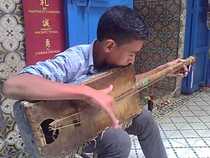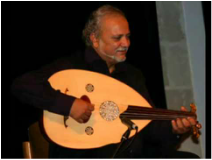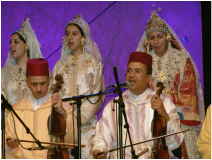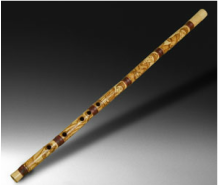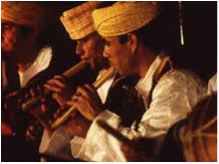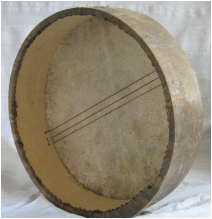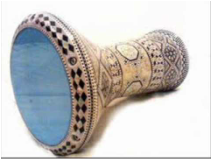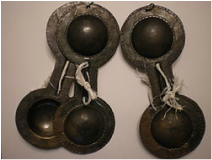Instruments of Chaabi Music
Western instruments such as the piano and electric guitar are more recent additions to Chaabi groups; beginning in the 1980's, Morocco's increased contact with the Western world caused groups to incorporate more Western elements into Chaabi music.
